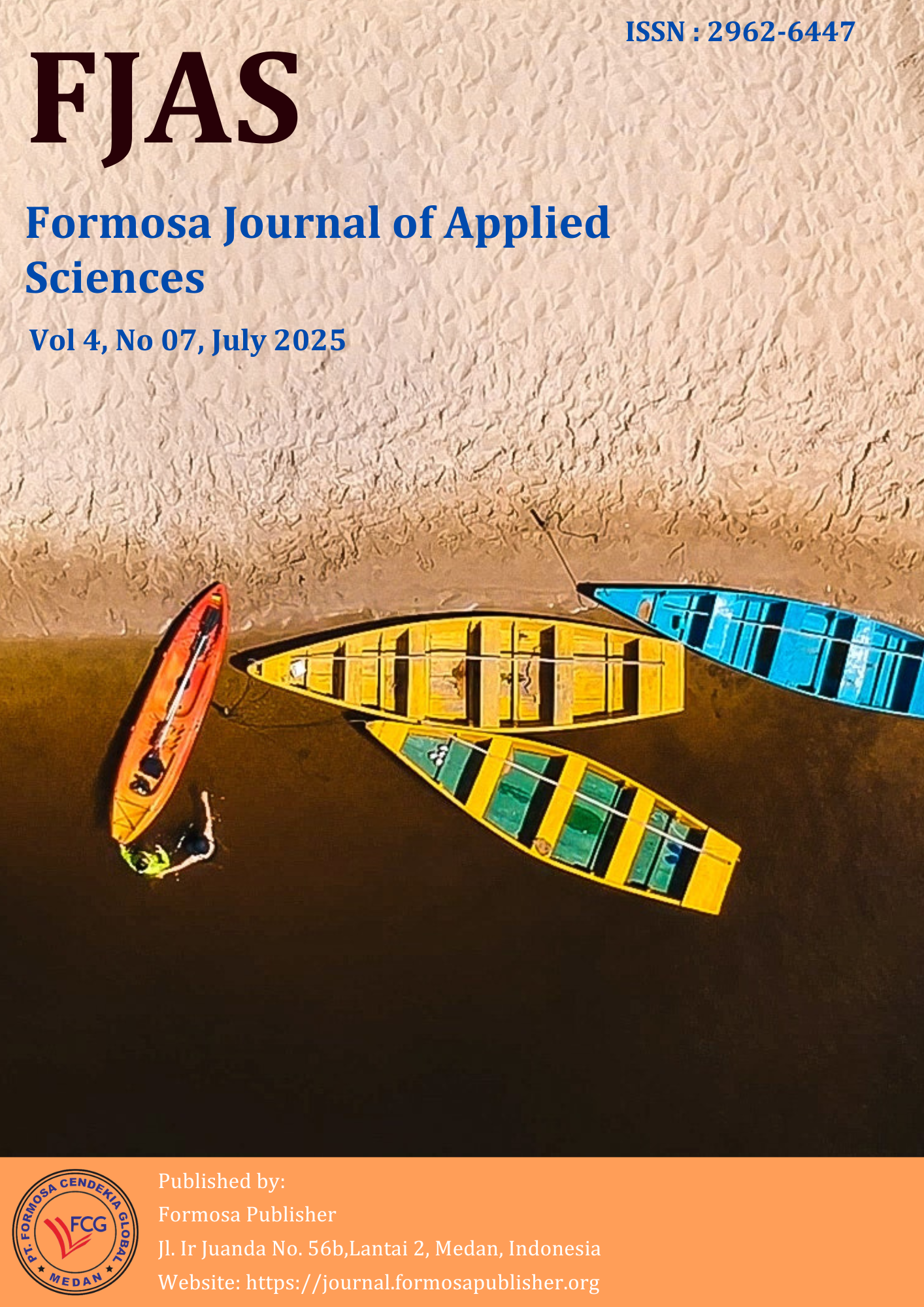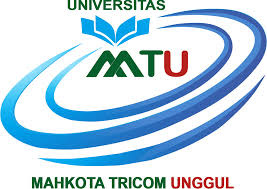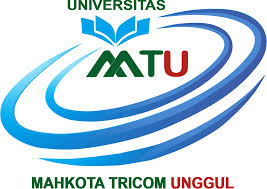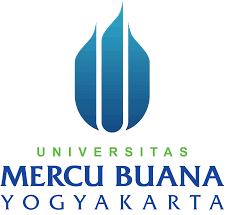State Intelligence Strategy in Facing Transnational Threats from Kratom Plant Abuse in Indonesia
DOI:
https://doi.org/10.55927/fjas.v4i7.234Keywords:
Threats, National Security, StrategyAbstract
Facing the complexity of kratom threats, an integrated, adaptive, and evidence-based intelligence strategy is needed. The purpose of this study is to analyze the State Intelligence Strategy in Facing Transnational Threats from Kratom Plant Abuse in Indonesia. Through SWOT analysis and AHP methods, three main strategies have been formulated: (1) Strengthening Early Detection through Integration of Analytical Technology and Big Data (SO1), (2) Formulating National Intelligence-Based Policies (SO2), and (3) Expansion of International Cooperation (SO3). From the scoring results of the seven criteria, SO1 occupies the top priority (score 2.466), emphasizing the importance of utilizing technologies such as big data and GIS to detect kratom distribution patterns more accurately and quickly. All of these approaches require synergy across institutions and stakeholders, as well as support for ongoing scientific research.
References
Ahmad, G. (2024). BNN's policies and strategies in dealing with transnational crimes of drug trafficking. Syntax Literate: Indonesian Scientific Journal, 9(4).
Ahmad, MY, & Kurniawan, R. (2021). The Role of Big Data in Early Detection of National Threats in the Digital Era. Journal of National Security, 5 (2), 121–137. https://doi.org/10.25077/jkn.5.2.2021.121-137.
Dewanto, RNK, et al. (2025). Integrating Indonesia's border control management system: An answer to ever-evolving transnational organized crime. Scientific Journal of Immigration Studies, 8 (1).
Grundmann, O. (2017). Patterns of kratom use and health impact in the US Results from an online survey. Drug and Alcohol Dependence, 176, 63–70.
Helm, R. (2010). Combining SWOT Analysis with the Analytic Hierarchy Process for Strategic Decision Making in the Context of Intelligence Analysis. Journal of Intelligence Studies, 18 (2), 45–58.
Henningfield, J.E., Fant, R.V., & Wang, D.W. (2018). The abuse potential of kratom according to the 8 factors of the Controlled Substances Act: Implications for regulation and research. Psychopharmacology, 235 (2), 573–589. https://doi.org/10.1007/s00213-017-4813-4.
Khalil, R., & Keane, H. (2021). Governing Kratom: Drug policy, public health, and indigenous knowledge. International Journal of Drug Policy, 92, 103254.
Mackenzie, S. (2020). Transnational Criminology: Trafficking and Global Criminal Markets. Bristol University Press.
Meireles, V., Campos, F.V., & Sampaio, A.S. (2019). Kratom: Pharmacological and toxicological aspects. Journal of Psychoactive Drugs, 51 (3), 241–247.
Nugroho, R., & Daryono, M. (2020). State Intelligence Strategy in Overcoming Transnational Narcotics Threats. Journal of Defense & National Defense, 10 (1), 37–54. https://doi.org/10.33172/jpbh.v10i1.674.
Pratiwi, DA, & Adhari, A. (2022). Kratom Controversy in Social and Legal Perspective in Indonesia. Journal of Law and Development, 52 (3), 456–471. https://doi.org/10.21143/jhp.vol52.no3.1234.
Pratiwi, N., & Adhari, A. (2022). Policy on the Criminalization of Kratom Plants as Narcotics Category I. Advances in Social Science, Education and Humanities Research, 647, 1047–1054.
Prevete, E. (2025). Mental effects and potential therapeutic use of kratom/mitragynine [Doctoral thesis, Maastricht University]. Maastricht University Repository.
Reuters. (2024, June 20). Indonesia says it will regulate cultivation, export of herbal kratom products.
SCMP. (2019, October 6). Kratom, the herbal supplement from Indonesia that has US drug agencies worried. South China Morning Post.
Singh, D., Narayanan, S., Vicknasingam, B., Corazza, O., & Santacroce, R. (2018). Exploring the use of kratom (Mitragyna speciosa) in the context of a harm reduction approach. Journal of Ethnopharmacology, 239, 111927.
Singh, S., et al. (2021). Kratom abuse potential: An updated eight factor analysis. Alcohol and Drug Dependence, PMC8860177.
Strategic Intelligence Journal. (2024). The Integration of Strategic Intelligence and Cyber Resilience in Combating Organized Narcotics Crime in Indonesia.
Tobing, FBL (2009). Drug Trafficking activities as a security issue that threatens state stability. Journal of International Politics, 5 (1).
United Nations Office on Drugs and Crime (UNODC). (2021). World Drug Report 2021. UNODC Research and Trend Analysis Branch.
UNODC. (2023). Partnering with Indonesia to address the challenges from crime.
Wahyono, S., Lestari, PW, & Rahmawati, S. (2019). Socio-Economic Impact of Kratom Plant Ban on Local Farmers in West Kalimantan. Journal of Rural Sociology, 7 (2), 114–128. https://doi.org/10.21776/ub.jsp.2019.007.02.3.
Wahyono, S., et al. (2019). Kratom: Health and Socioeconomic Prospects. Indonesian Health Research and Development Agency.
Wulandari, SA, & Kirana, P. (2023). ASEAN states cooperation in the control and prevention of illicit drug trafficking. Juridica , 38 (3), 665.
Downloads
Published
Issue
Section
License
Copyright (c) 2025 Yogi Hartanto, Moch. Djatmiko, Aloysius Mado

This work is licensed under a Creative Commons Attribution 4.0 International License.


























